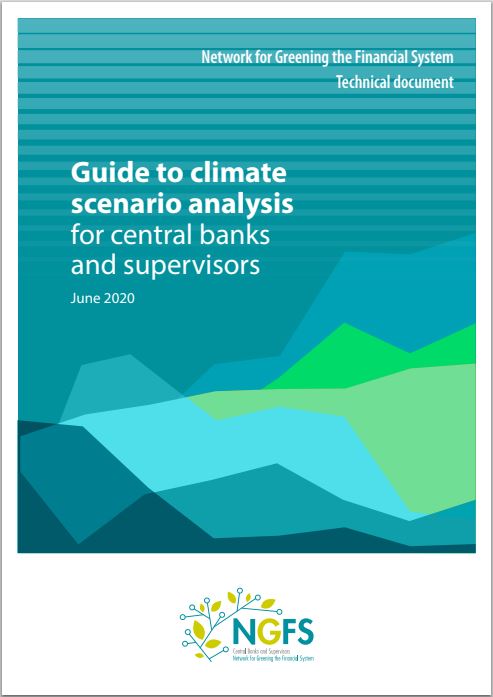
Guide to climate scenario analysis for central banks and supervisors

If we act now, then we maximise our chances of achieving an orderly transition to a carbon neutral economy. By acting early we minimise transition risks, and by limiting global warming to a range of 1.5˚C to 2.0˚C relative to pre-industrial levels, we simultaneously minimise the extent to which the physical risks from climate change materialise. If instead meaningful adjustment is delayed, then the greater will be its disruption – whether from higher physical risks, or from a more disorderly transition, with markets potentially repricing sharply, and the provision of financial services perhaps disrupted. And of course, if we fail to act at all, that puts us on a path to global warming of 3.0˚C or more, leaving us all exposed to the potentially catastrophic physical risks that arise with an ever hotter planet.
4 MB, PDF